Partner With Us to Solve Your Logistics Problems

CASE STUDY
How to eliminate human dependency in Retail/FMCG Sales Beat Planning

CASE STUDY
Streamlining the FMCG Distribution Supply Chain with a Comprehensive TMS Solution

CASE STUDY
How can FMCG players utilize sales reps more effectively

CASE STUDY
How to optimize various legs of the FMCG supply chain?
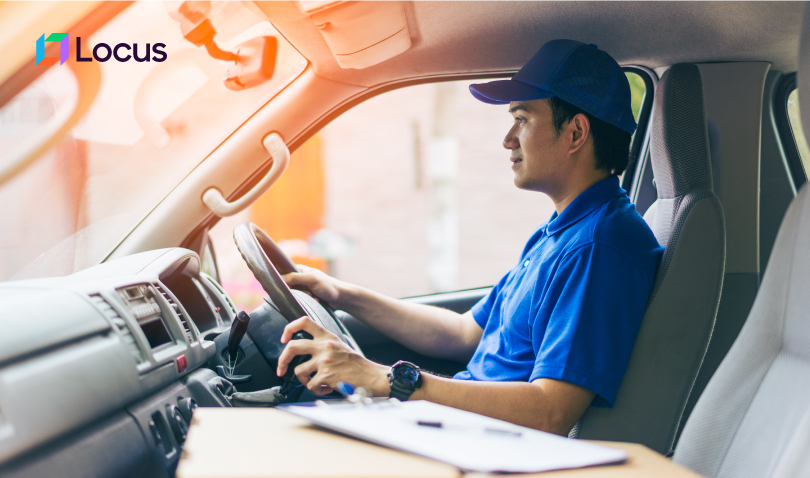
CASE STUDY
How Locus Enhanced End-to-End Operational Efficiency for this Indonesian Manufacturing Giant
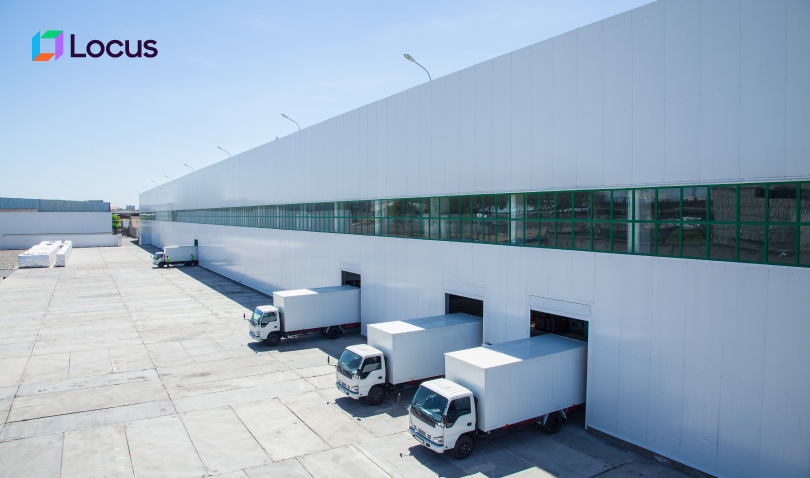
CASE STUDY
Optimizing Indonesia’s Growing Cold Chain Businesses
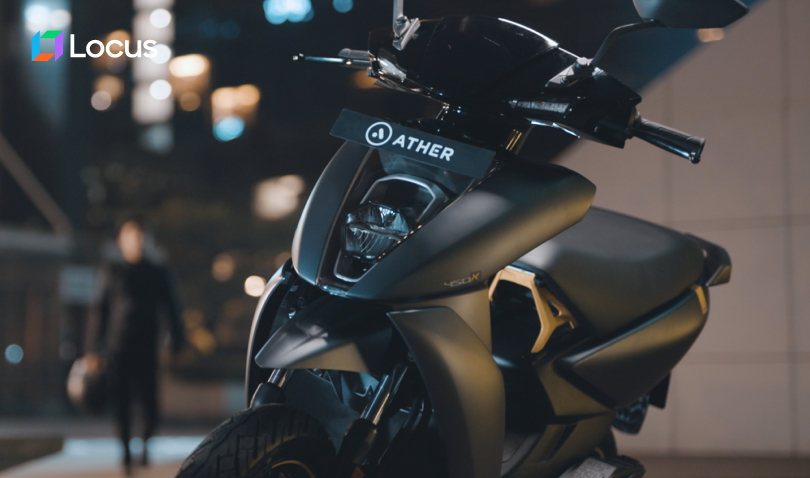
CASE STUDY
Enabling unparalleled on-site customer service at scale

CASE STUDY
How to increase operational efficiencies in E-commerce

CASE STUDY
How to increase visibility for on-demand pharma companies?

CASE STUDY
Enabling customer satisfaction through smart logistics in E-grocery
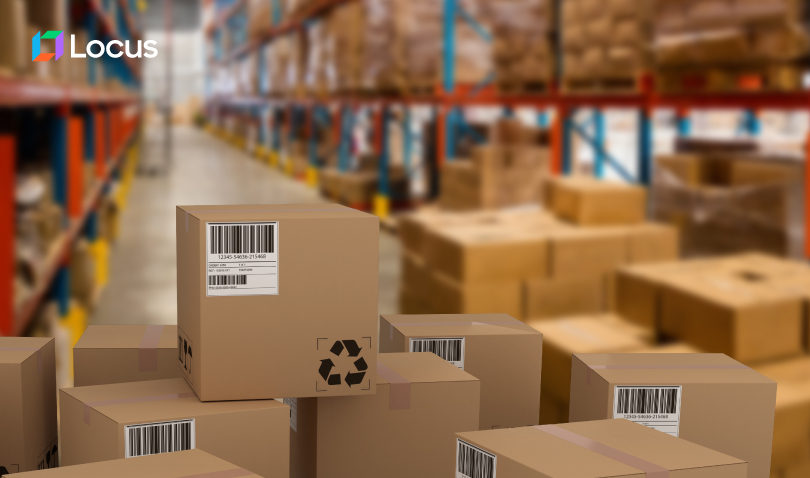
CASE STUDY
How to reduce manual shipment processes for courier services?
Delve into The World of Logistics Here
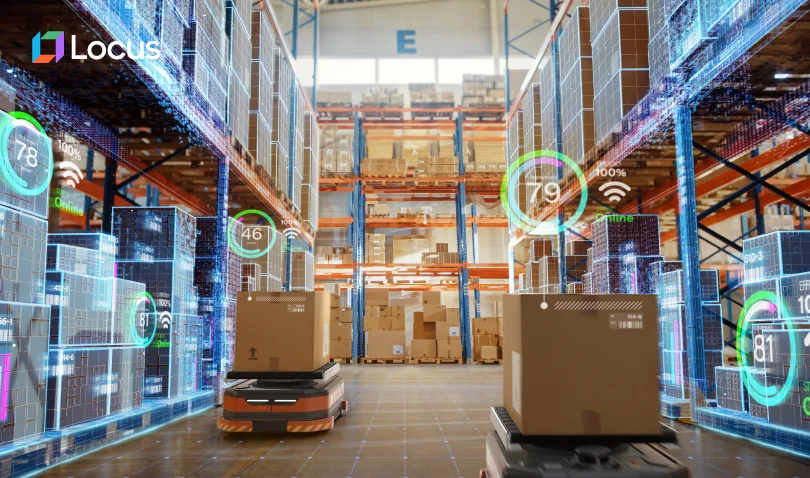
Whitepaper
Smart Change as a Catalyst for All-Mile Retail Innovation

Whitepaper
The Logistics of Furniture Retail

Whitepaper
Holiday Season Trends That Will Shape the Retail Supply Chain Industry

Whitepaper
A Look at the Future of Grocery Retail in North America

Whitepaper
A Comprehensive Guide to Effective Returns Management
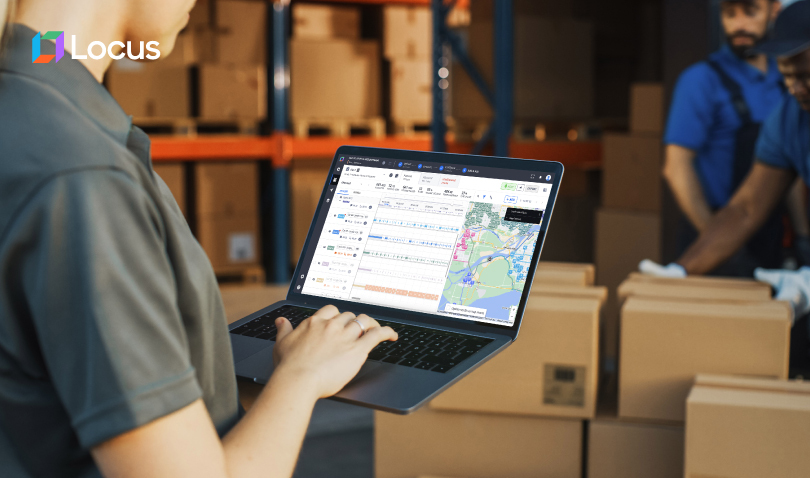
Whitepaper
Buying vs. Building Logistics Software: How to Choose?

Whitepaper
Evolution of Healthcare Supply Chain and the Importance of Logistics Tech

Whitepaper
The Future is Now: Why Transportation Management Systems are Indispensable to Growth in Logistics

Whitepaper
Last-mile Delivery: Finding the Right Balance
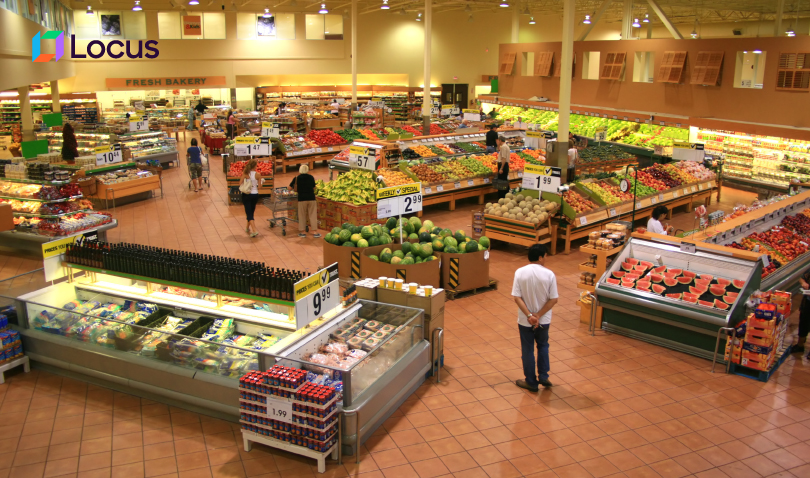
Whitepaper
Hope Comes In the Form of AI for Big-Box Stores

Whitepaper
Transform your wholesale distribution supply chain with logistics tech

Whitepaper
How to Optimize Your Business Using Territory Planning
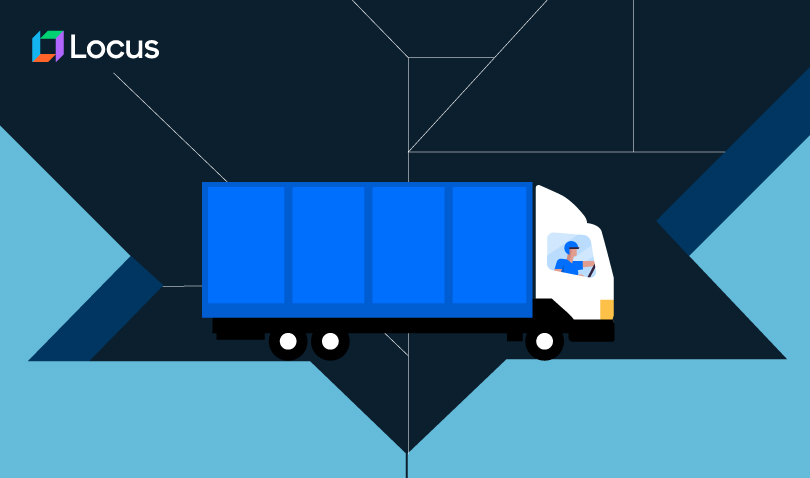
Whitepaper
Optimize Cannabis Delivery Operations

Whitepaper
Digital Twins — Transforming the Supply Chain
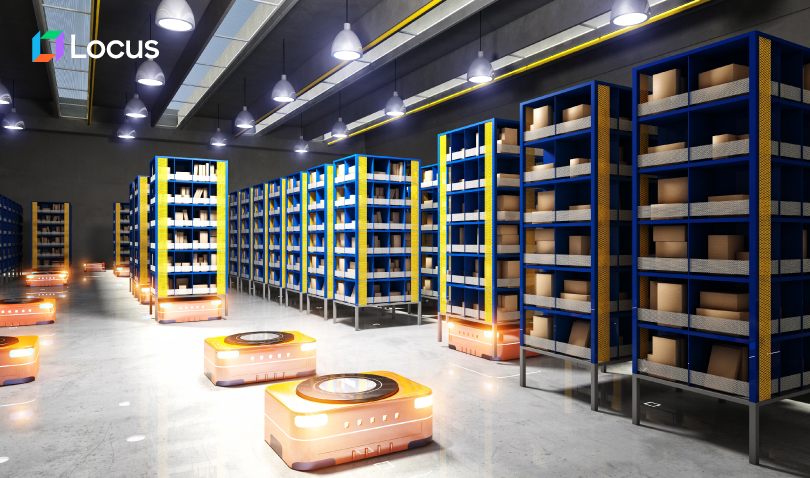
Whitepaper
Micro-Fulfillment Centers are Shaping Up the Future of E-Grocery Deliveries

Whitepaper
The Final Frontier: Designing an optimal cold chain network to distribute the COVID-19 Vaccine

Whitepaper
Captive vs Outsourced Fleet: Math behind Transportation and Distribution

Whitepaper
How to Keep the Promise of Same-Day Grocery Delivery Amidst COVID-19

Whitepaper
Post-Pandemic Sustainability: What lies ahead of the Supply Chain Industry
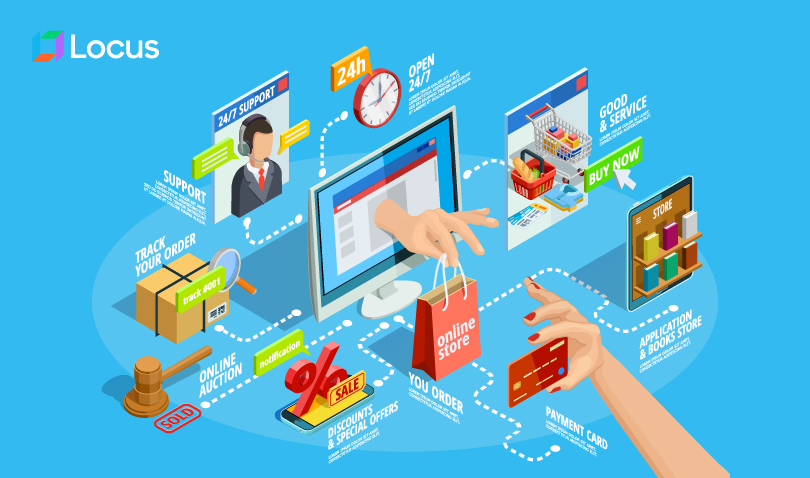
Whitepaper
The Role of AI-powered Logistics in E-commerce 4.0

Whitepaper
COVID-19 and Supply Chain: Disruptions and Actions

Whitepaper
Artificial Intelligence: The solution for supply chain problems in the Engineering Industry

Whitepaper
How Locus automated logistics operations for Indonesia’s leading E-commerce player

Whitepaper
How Locus is managing customer-preferred time windows for its clients
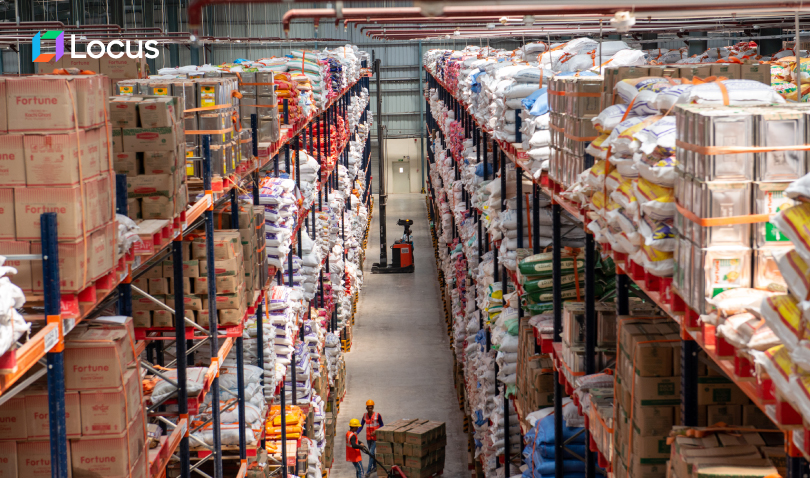
Whitepaper
Multi-Echelon SupplyChain Inventory Optimization – A mathematical perspective
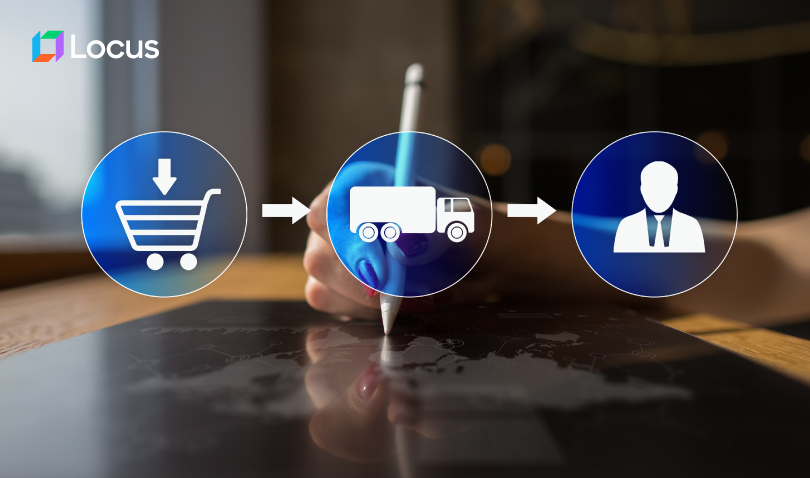
Whitepaper
How Locus filled the gaps in the supply chain of Southeast Asia’s largest e-commerce player

Whitepaper
FMCG Insight Report II

Whitepaper
The Future Of Sales Transformation : Dynamic PJP

Whitepaper
Locus’ Guide To Omnichannel Fulfilment

Whitepaper
FMCG Sales Beat - Insight Report
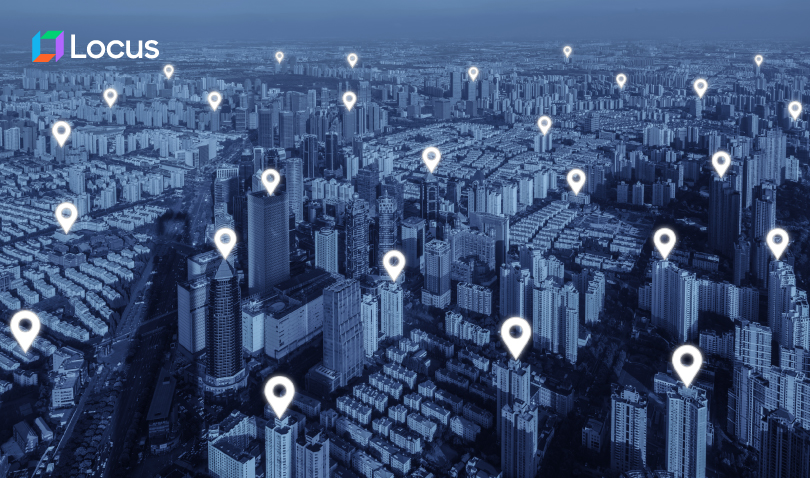
Whitepaper
Why Businesses need Route Optimization?
Long Reads on Logistics and Technology

Ebook
How Smart Tech Can Help With Fulfillment for Multi-Brand Retailers

Ebook
Big and Bulky Retail Shipments - Seamless Delivery Regardless of Size

Ebook
The Retail Playbook For Thriving in an Omnichannel World
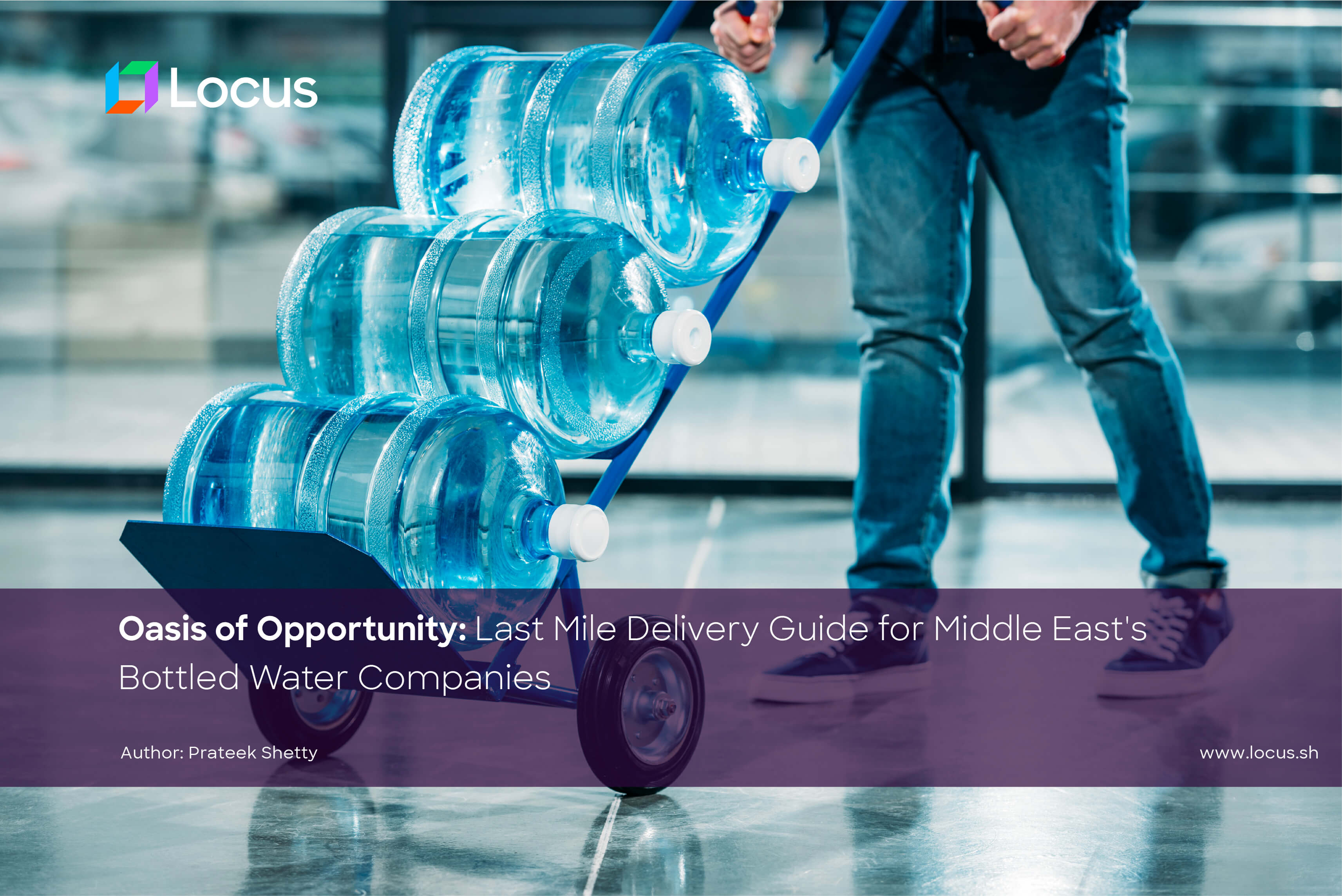
Ebook
Middle East Bottled Water Manufacturers: Last-mile Delivery Strategies

Ebook
Revolutionizing Every Mile: A New Era in the Paint Industry

Ebook
Efficient Shipping Solution to Automate Your Carrier Selection

Ebook
Establish Your Right To Win: The Definitive CEP Playbook for Profitability

Ebook
Why You Should Choose Carbon Neutral Shipping Today

Ebook
Here's How ONDC Will Create a Level-Playing Field for Businesses
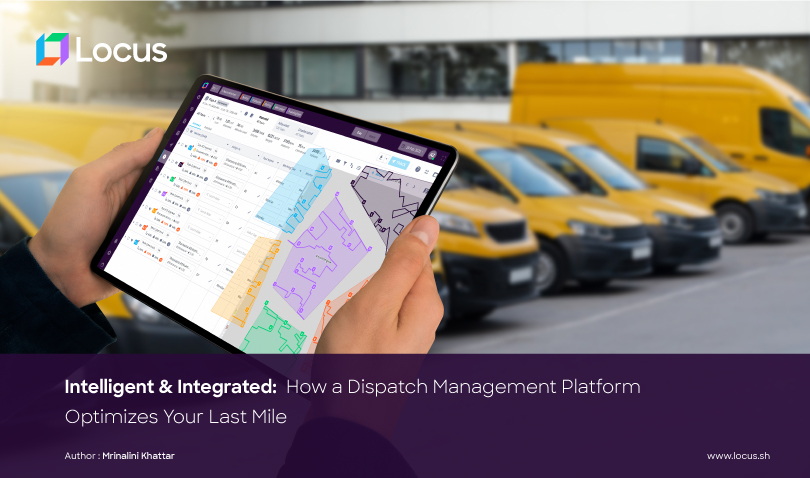
Ebook
How a Dispatch Management Platform Optimizes Your Last-mile

Ebook
Locus' Guide to Quick Commerce Fulfillment
![[E-book] The Complete Guide to Same-Day Delivery](/assets/img/resources/ebook/same-day-delivery.jpg)
Ebook
[E-book] The Complete Guide to Same-Day Delivery
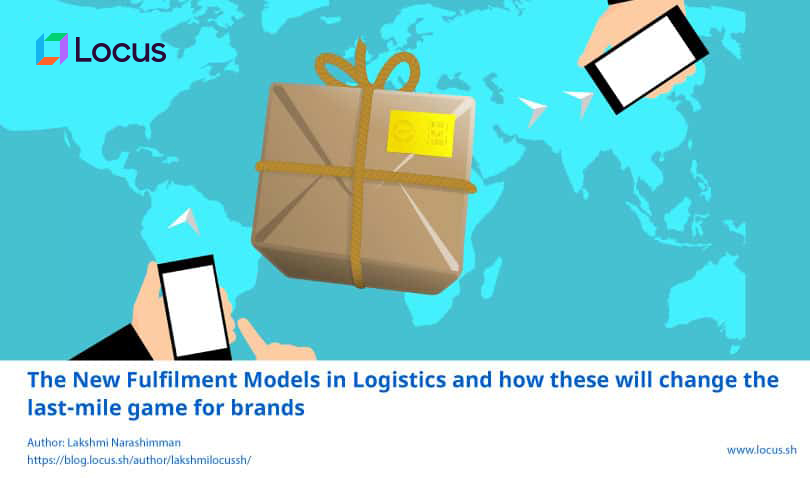
Ebook
The New Fulfillment Models in Logistics

Ebook
Supply Chain Sustainability and Profitability with Green Logistics

Ebook
Direct to Consumer- The trend of the future
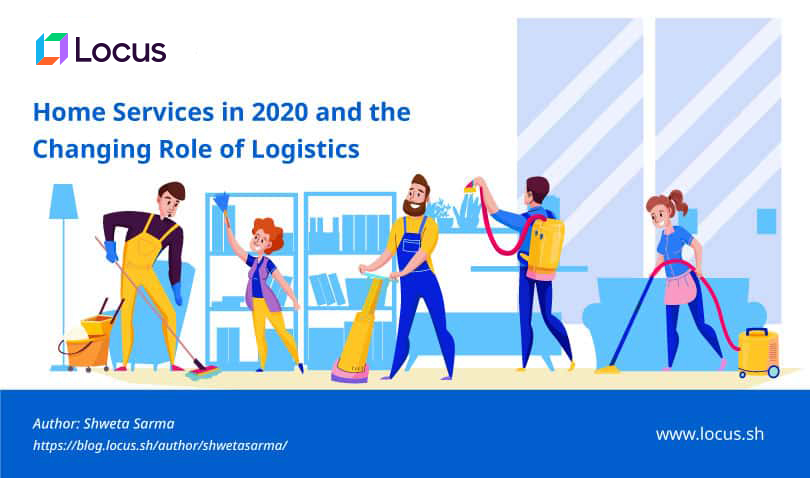
Ebook
Home Services in 2020 and the Changing Role of Logistics

Ebook
Unlock Infinite Possibilities in your Supply Chain with AI
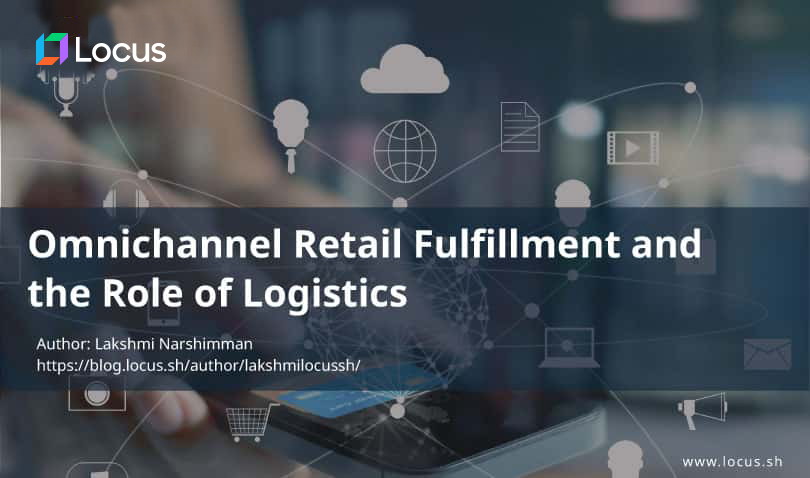
Ebook
Omnichannel Retail Fulfillment and the Role of Logistics
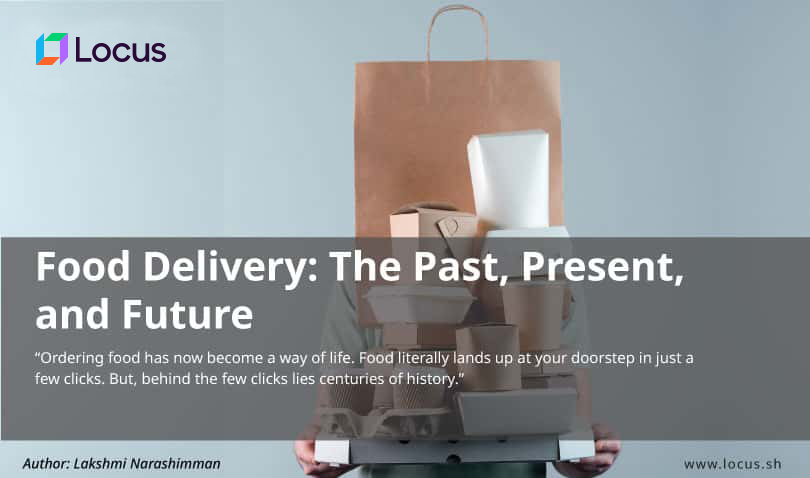
Ebook
Food Delivery: The Past, Present, and Future
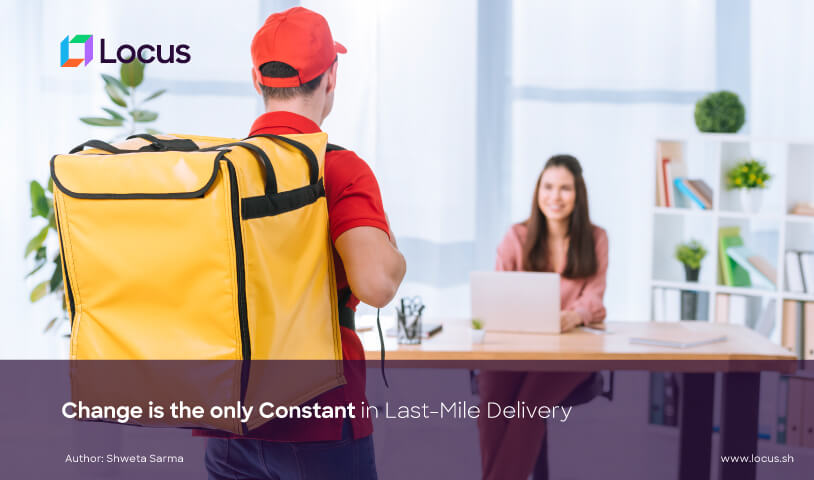
Ebook
Change is the Only Constant in Last-mile Delivery

Ebook
The History, Evolution and Future of Reverse Logistics

Ebook
White Glove Services: A Necessity in the Post-Pandemic World?
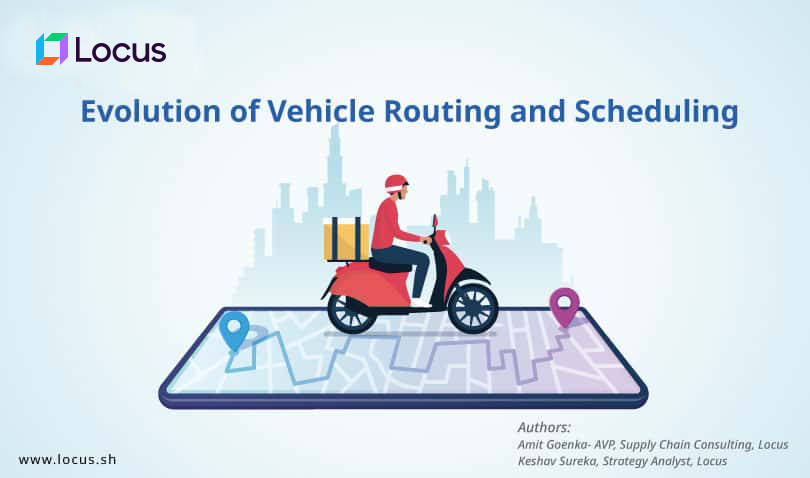
Ebook

